Many people at an addiction rehab center need to understand how long alcohol shows up in urine tests. This guide outlines the basic timeline for alcohol detection and explains factors that can affect test results. We'll cover how your body processes alcohol, detection windows, factors that change results, different test types, and ways to speed up alcohol clearance. This information helps you understand what to expect from alcohol urine testing.
Alcohol Metabolism in the Body
When you drink alcohol, your body absorbs it quickly through your stomach and intestines into your bloodstream. Your liver does most of the work breaking down alcohol. Special enzymes in your liver first change alcohol into acetaldehyde, which is harmful to your body. Then other enzymes change acetaldehyde into acetate. Finally, acetate breaks down into carbon dioxide and water, which are then eliminated from the body. Your body processes about one drink per hour on average. Things like your genes, age, gender, and liver health can change how fast your body handles alcohol. Knowing how your body processes alcohol helps explain how long it stays detectable in your system.
Detection Windows in Urine
How your body breaks down alcohol affects how long it can be found in your urine. After drinking, alcohol moves quickly into your blood and then gets processed by your liver. In urine, alcohol and its metabolites can be detected for varying periods, depending on several factors. Usually, alcohol shows up in urine for 12-48 hours after drinking, but heavy drinkers may have longer detection times. EtG, a substance created when your body breaks down alcohol, can be found in urine for up to 80 hours after heavy drinking. How much water you drink, how well your liver works, and how much alcohol you consume all affect how long alcohol stays detectable in your urine.
Factors Influencing Test Results
Many personal and environmental factors can change alcohol test results in urine. Your age, gender, body weight, metabolism, liver health, hydration level, and any medical conditions all play a role in how long alcohol stays detectable. The type and amount of alcohol you drank, how long you were drinking, and when you had your last drink also affect test accuracy. Environmental factors, such as temperature, acid levels, and the concentration of your urine sample, can also impact test results. Understanding these factors helps explain test results accurately and make informed decisions based on the test results.
Types of Alcohol Urine Tests
There are several methods for testing for alcohol in urine. Ethyl glucuronide (EtG) and ethyl sulfate (EtS) tests are common methods that detect recent alcohol use. These markers can be found in urine for longer periods after drinking, from a few hours to several days, depending on how much you consumed. The phosphatidylcholine (PEth) test can detect alcohol use from two to three weeks ago. Urine tests can also directly measure ethanol. While less common, direct ethanol tests give immediate results about recent drinking. Knowing about different alcohol urine tests helps with the accurate detection and monitoring of drinking patterns.
Tips for Quick Alcohol Clearance
To help your body clear alcohol more quickly, focus on staying hydrated and engaging in regular physical activity. Drinking water helps dilute alcohol in your blood, allowing it to leave your body more quickly through urine. Drinks with electrolytes can help this process. Being physically active can increase your metabolism, helping your body break down alcohol more efficiently. Exercise, such as running, swimming, or biking, can improve blood flow and liver function, helping to clear alcohol faster. Avoid consuming excessive alcohol during this time, as it can counteract the benefits of water and exercise. Combining good hydration with regular physical activity can help speed up alcohol removal from your body.
Other Related Posts:
- Understanding the Dopamine Detox Timeline
- How Accurate Is a Urine Drug Test in Showing How Much You Take



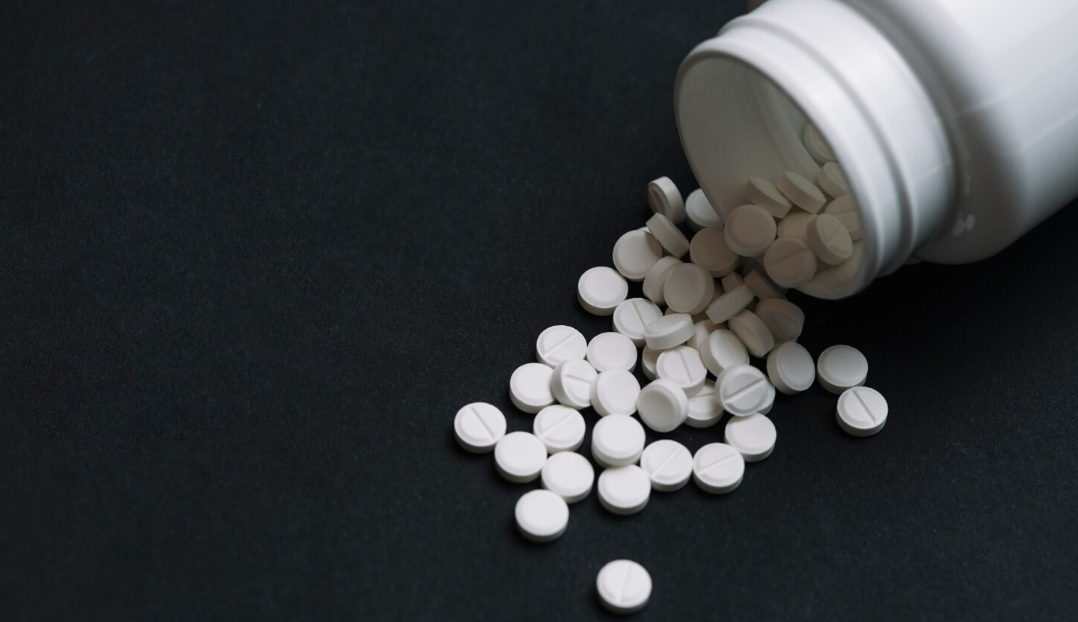
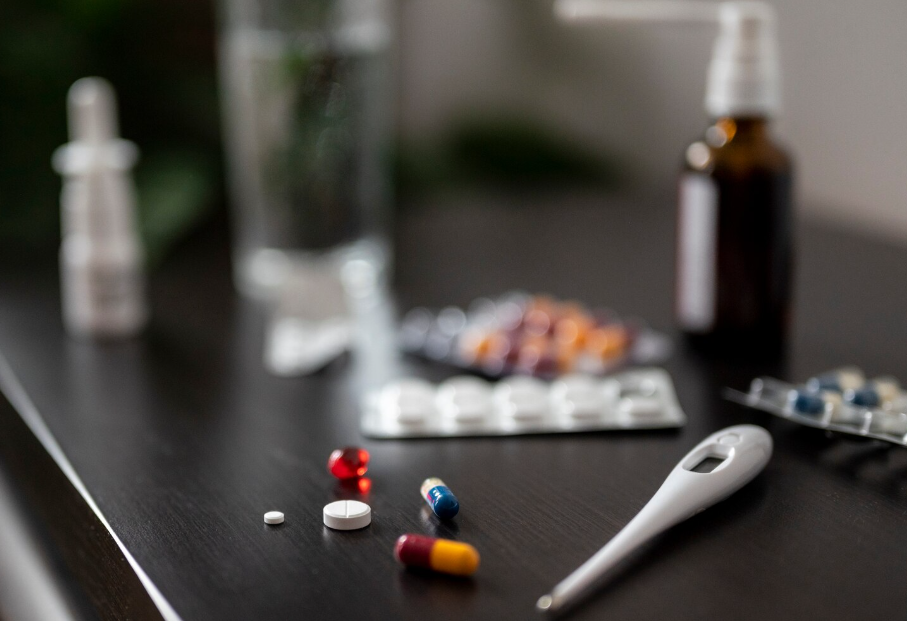
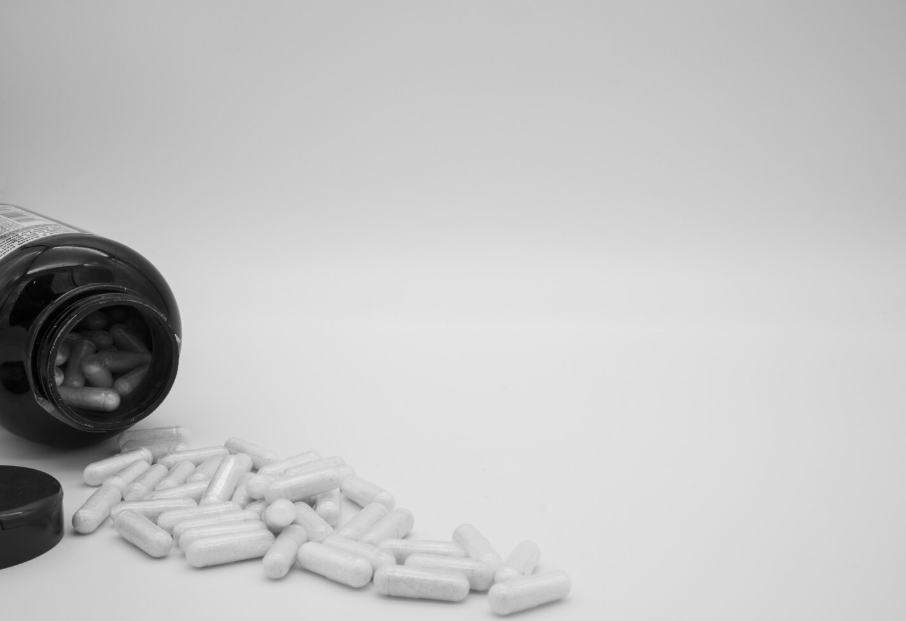
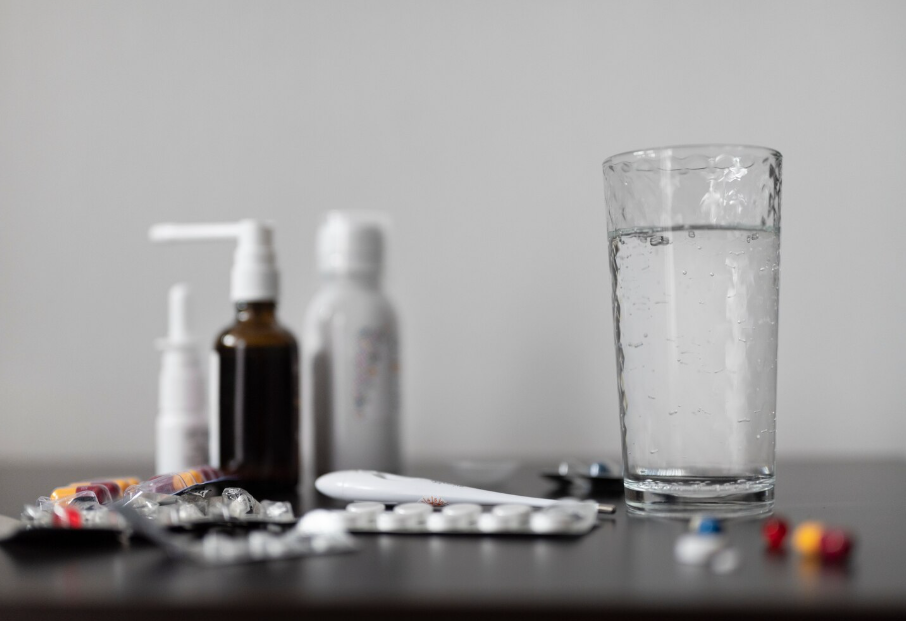
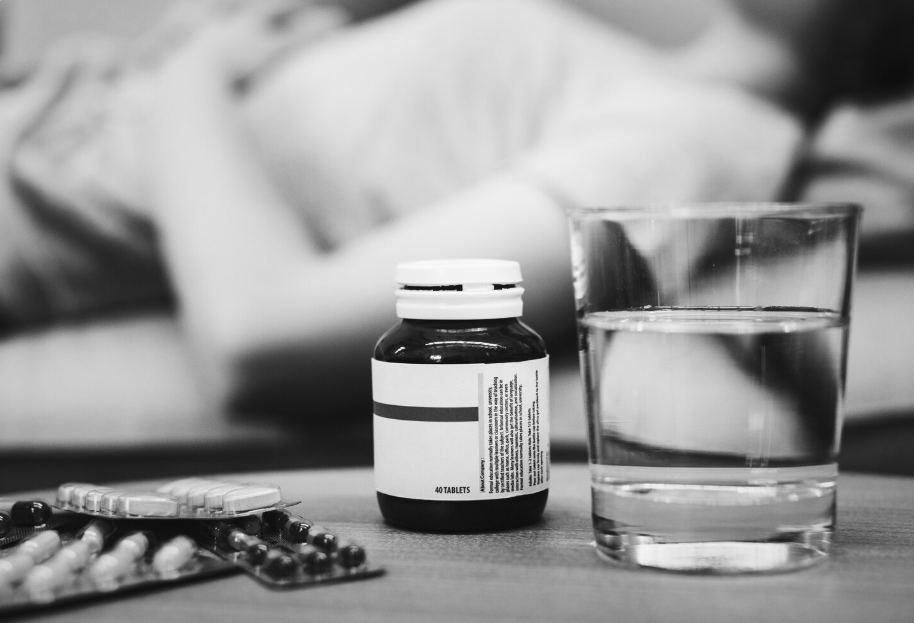
.png)
.png)
.png)
.png)